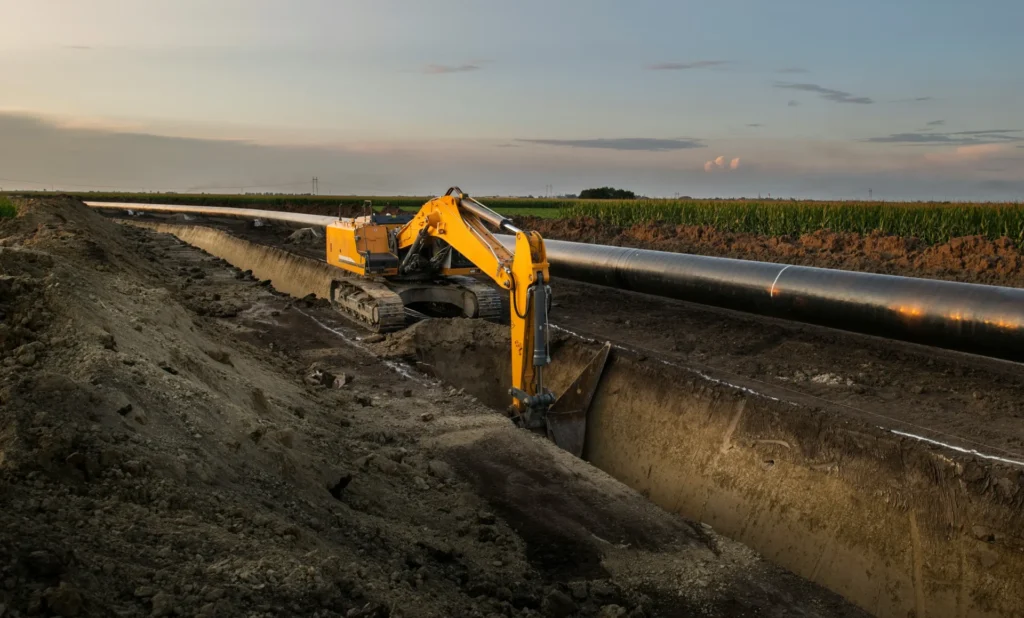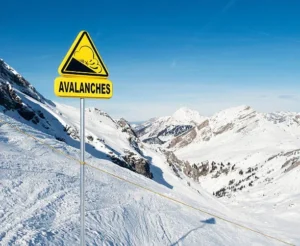A proposed bill tied to the Alaska LNG pipeline construction would require a crucial spur line to reduce interior energy bills. Senator Mike Cronk, R-Tok and Northway, is spearheading Senate Bill 114 to prioritize affordable in-state gas distribution before focusing on export profits.
Last week, the Senate Resources Committee approved Cronk’s bill and forwarded it to the Senate Finance Committee, even though key funding questions remain unresolved. Cronk and his supporters argue that the spur line is essential for lowering energy bills across households, schools, and local businesses in Alaska’s interior.
The discussion gains urgency amid a warning of an impending natural gas shortage in Cook Inlet. Enstar Natural Gas Company President John Sims projected a possible shortfall by 2026, while the more extensive LNG pipeline could take five to six years to construct.
That timeline highlights the need for quicker localized energy solutions. Alaska oil and gas analyst Larry Persily emphasized that even under optimistic scenarios, the pipeline wouldn’t operate for another 8 years.
Cronk noted that President Donald Trump had previously endorsed the pipeline, referencing it during a March congressional address. He explained the remark as an indication of national interest in the initiative’s strategic importance.
Presily added that global LNG interest, particularly from Japan, South Korea, and Taiwan, has increased as countries seek to avoid tariffs and ensure energy stability. With rising global demand and looming local shortages, the debate over the LNG pipeline construction is gaining momentum.











